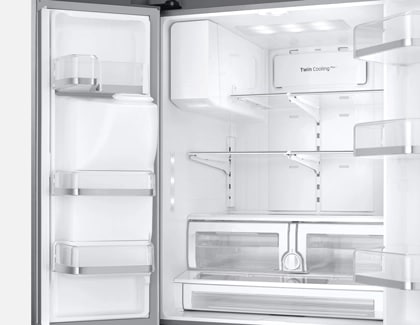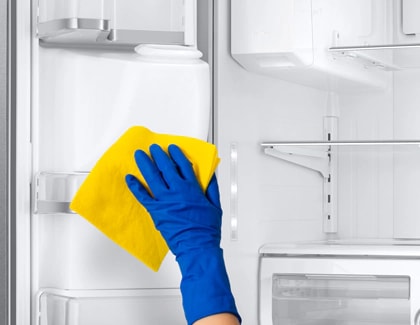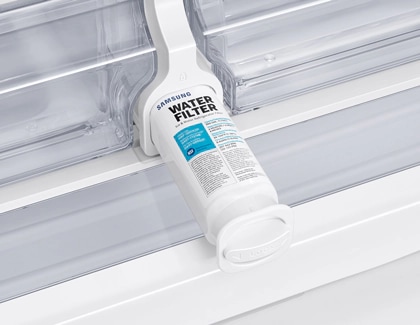Prepare your Samsung refrigerator for long-term storage

Refrigerators are indispensable in keeping our food fresh, but what happens when the fridge itself needs a timeout? Whether you're relocating, closing up a seasonal home, or simply won't be using your appliance for an extended period, properly preparing your Samsung refrigerator for storage is crucial. Not only does it protect your investment, but it also ensures that your fridge is fresh and ready to go when you are. In this guide, we'll walk you through the essential steps to effectively winterize your refrigerator, ensuring it remains in top condition during its hibernation.
Note: While the advice in this guide is universally applicable, it has been tailored specifically for our Canadian customers.
Whether you’re heading out for a seasonal getaway or bracing for the cold winter months, it’s crucial to properly winterize and prepare your refrigerator for the extended downtime.


Note: If your refrigerator does not have a water line, proceed directly to Step 10.

Note: Perform a taste test upon return to decide if the old filter needs replacing.
Important: Always turn off the ice maker before disconnecting the water line. Leaving it on during disconnection could cause significant damage.

After storing your refrigerator for an extended period, you may encounter a few common issues upon reactivation. Here are some quick tips to help you resolve them:
- Unpleasant odors: If you notice any mildewy smells, wipe down the interior with a solution of baking soda and water. For more persistent odors or visible mold, a solution of one tablespoon of bleach mixed with 3 liters of water can be used. Ensure the fridge is well-ventilated while you work and rinse the surfaces with plain water afterward. Placing an open box of baking soda inside can also help absorb lingering odors.
- Operational noise: Some refrigerators might make unusual noises when turned back on. Check if the unit is level and ensure that nothing is obstructing the fan or other moving parts.
- Temperature fluctuations: Allow your refrigerator up to 24 hours to reach the set temperature. If it's struggling, verify that the vents are not blocked and that the door seals are tight.
- Water dispenser issues: If the water dispenser isn't functioning properly, it may be due to air trapped in the lines. Dispense water for a few minutes to clear any trapped air.
Thank you for your feedback!
Please answer all questions.
The coding for Contact US > Call > View more function. And this text is only displayed on the editor page, please do not delet this component from Support Home. Thank you
